







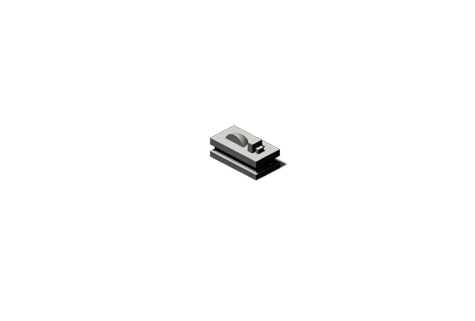
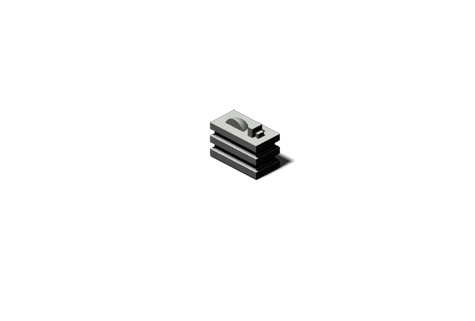
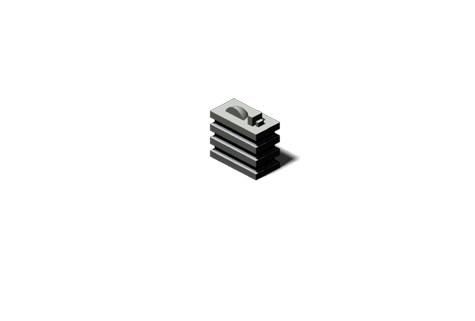
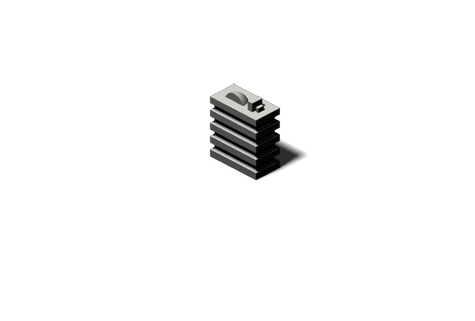

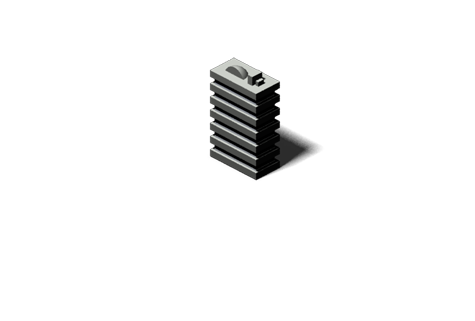
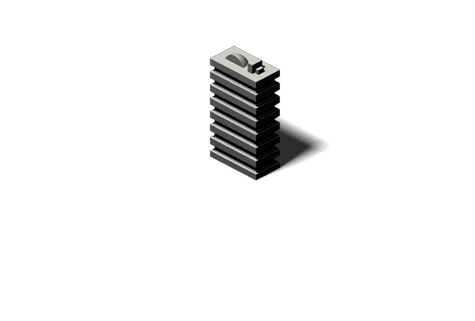






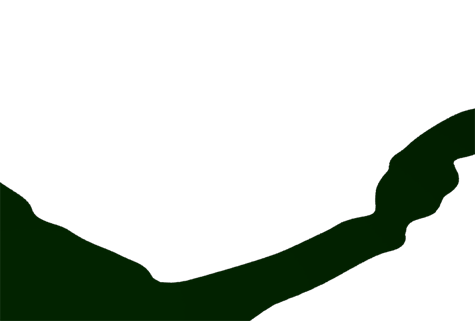
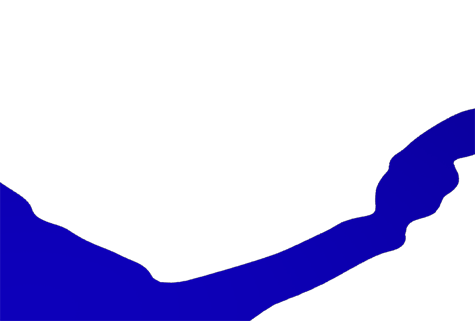
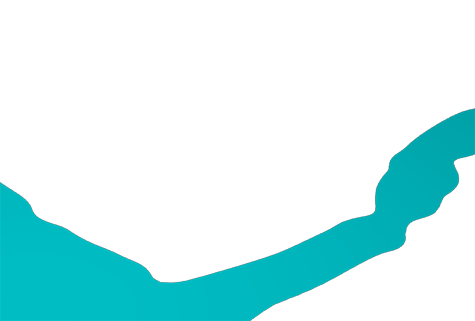






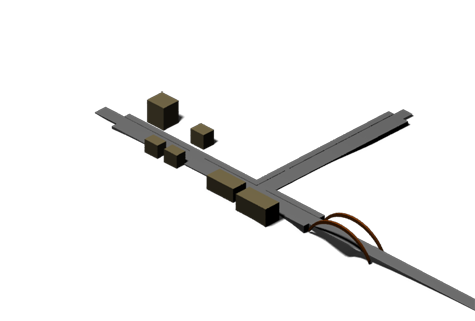
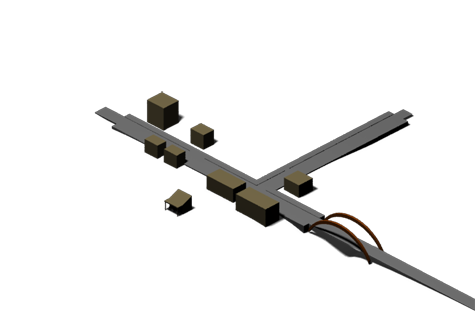
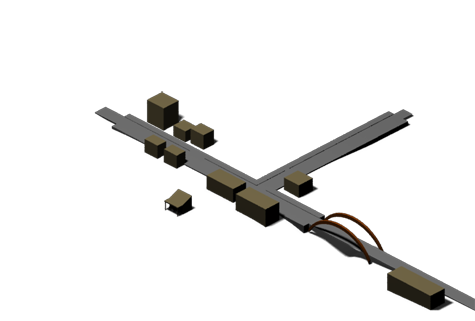
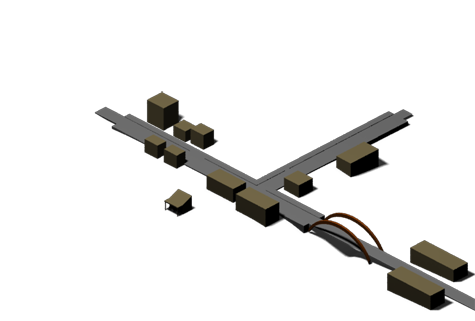
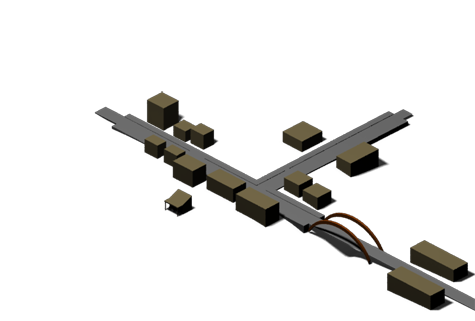
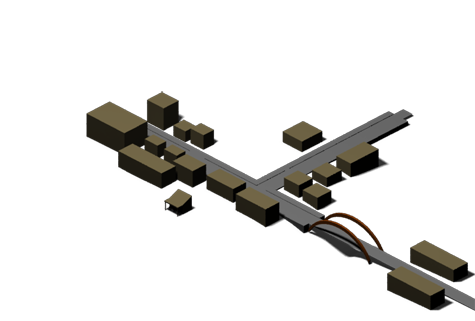




































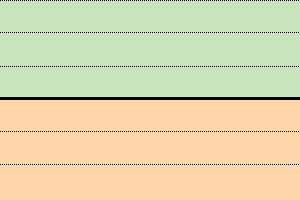


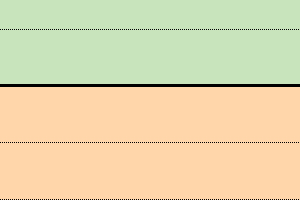


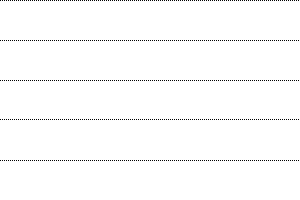


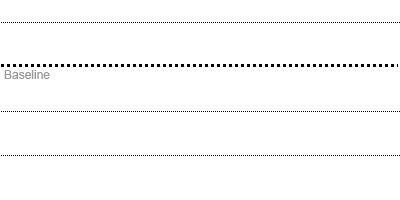


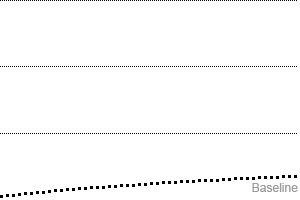


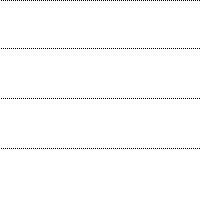


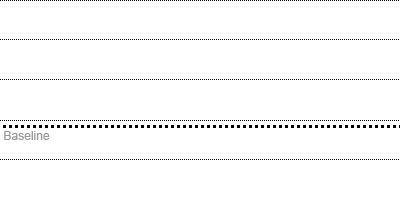


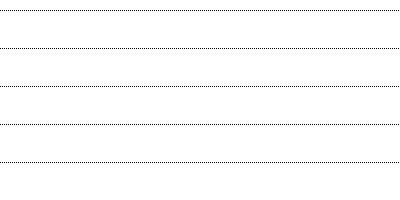


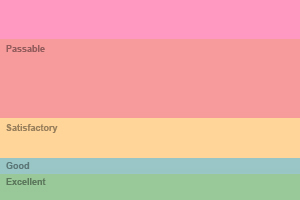






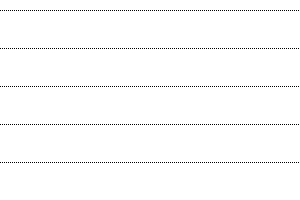


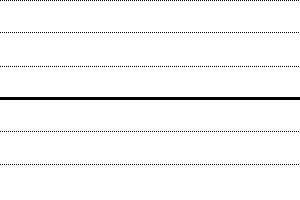











Exploring environmental-economic feedback loops in coastal tourism development in a small island context with a simple simulation tool.
In many countries coastal tourism infrastructure was developed in the absence of investments in solid waste treatment capacity and wastewater collection and treatments systems, which has resulted in pollution of water courses and coastal seawaters. In the process, fisheries and freshwater resources have been affected. Ultimately, the degradation in the water quality has caused losses of local marine biodiversity, declines in local fish stocks, and lower seawater quality, which in turn has impacted the attractiveness of local tourism.
Investment in tourism infrastructure, as the result of a politically determined process, may often be biased towards short-term profitability, neglecting long-term sustainability considerations .Decision-making processes that would give high priority to sustainability considerations and to the long-term health of ecosystems as providers of services would result in different investment decisions. Among the many reasons that have been identified for such disconnect three aspects stand out: lack of awareness, knowledge and capacity; conflicting objectives of the different stakeholders; and inadequate institutional framework to address the feedbacks between infrastructure development and ecosystem degradation. These three factors all relate to the political economy of decision-making in tourism infrastructure investment. More on this in the background paper.
The sustainable coastal tourism development training tool is an educational tool based on a generic model for integrated planning of coastal tourism infrastructure. The tool aims to address gaps in awareness and capacity for integrated decision-making and planning in tourism infrastructure development in a developing country context. The underlying model is a simple closed-loop model of tourism infrastructure investment, which integrates typical economic, social and ecological dimensions of the problem. The model includes several policy options that allow stakeholders to intervene at various places in the loop. The model allows stakeholders to explore how various combinations of policies perform in financial, environmental and social terms over the long period. It can therefore be used as support to an educational tool for training and capacity-building of stakeholders in various contexts.
The tool is built and parameterized in a way that allows one to:
Among a range of possible feedbacks that are relevant from the policy point of view, the tool focuses on factors that are, to a large extent, manageable by national and local stakeholders and decision-makers. Specifically we illustrate the necessary interconnectedness of strategies for tourism development, solid waste treatment, and wastewater management. These issues are relevant in particular for small islands around the world.
The setting
The setting for the simulation tool is a small island surrounded by a lagoon, with suitable attributes for attracting international tourists (pristine water suitable for swimming, abundant fish, etc.). A group of investors is proposing to invest in resorts on undeveloped beaches along the lagoon. There are four interest groups:
The baseline scenario is the default scenario that the user faces when opening the simulation tool, with all interactive policy parameters set to zero. It represents the situation before investment has taken place. The lagoon is weakly polluted, endowing the coastal area with abundance of fish, both in terms of quantity and marine biodiversity. Sea resources (fish) are exploited by local fishermen, who have limited outside opportunities to earn a living. Unemployment is high among local residents. The local town has no sewage system or solid waste treatment facilities, so that waste generated by local residents pollutes the lagoon. The sizes of the local town and the dimensions of the lagoon are parameterized in such a way that before the investment takes place, the waste generated by local residents can be absorbed by the lagoon and does not affect fish stocks or seawater quality and the projected resort development can count on and unspoiled beach, pristine water and large fish biodiversity to attract tourists.
Basic scenario -- development has taken placeThe basic scenario reflects a situation in which every actor cares for their private interests, and no environmental regulation is in place. A resort has now been developed. The resort brings with it:
Scenarios in this class can be explored by varying the size of the hotel from 0 to 2,500. The implications for government, hotels, local residents and local fishermen are shown in different tabs.
The model is parameterized in a way that if a large size hotel is built without any simultaneous investment in water treatment and solid waste treatment facilities, fish stocks and water quality decline rapidly. After 20 years, fish stocks have collapsed and water quality is so poor as to cause a severe drop in tourist arrivals. This leads to deficits for the resort, decline in tax revenues, unemployment in the local town and loss of livelihoods for the fishermen community.
Alternative scenarios -- in search for sustainabilityIn alternative scenarios, policies and measures are introduced to address the adverse impacts of the hotel development. Those include:
It is important to note that the model underlying the simulator is generic. Although based on parameters taken from the scientific and economic literature, it does not reflect the specificities of any particular location. As such, model insights and results should not be taken literally. The goal is to raise awareness and enable cross-sector and multi-stakeholder dialogue, as a prerequisite to define shared visions of sustainable coastal tourism development.
You can read more about the motivations behind the tool and explore the tool itself by consulting the underlying paper on which the tool is based:
An educational simulation tool for integrated coastal tourism development in developing countries.
The sustainable coastal tourism simulator version 1.0 is a prototype version.
In order to work, the simulator will run on Microsoft Excel for PCs 2007 and 2010. Older versions of Excel will not open it. The simulator works in widely available browsers such as Internet Explorer, Mozilla Firefox and Google Chrome.
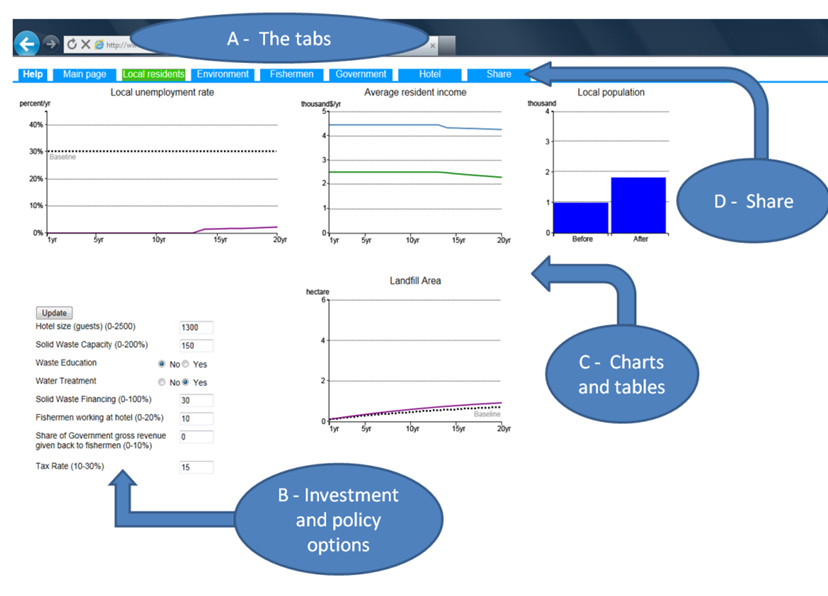
Each tab focuses on outcomes of interest for specific groups or actors. Once the user has simulated a set of policy decisions, he can explore their impacts and wider implications on different groups’ outcomes of interest by looking at the different tabs.
B - INVESTMENT AND POLICY OPTIONS
Each of the controls represents a policy decision or action that users can implement. There are two types: discrete policies (doing something or not) and continuous policies (doing something to a certain extent, within a pre-defined range).
By moving your mouse over the text, options will be described in more detail.
By default, all the values in the boxes are set to zero. This defines the “baseline scenario” where no tourism infrastructure development is taking place. Filling the option boxes with alternative values and clicking the “Update” button will show the results of this particular set of choices (“scenario”) in all the tabs. In addition, it will create a table with a set of detailed results for year 20 for this particular scenario the tab “Share”. This is for easy comparison of different scenarios.
C - CHARTS AND TABLES
The charts and tables in each tab show outcomes of interests for different groups of stakeholders or areas of interest. For each of the charts, the user can see what the lines and areas mean by moving her mouse over the chart.
D - SHARE
Specific policy combinations (“scenarios”) of interest to users and trainers can be bookmarked and shared with other people using the” share” option. The url at the top of the page uniquely identifies the user’s chosen scenario, which can therefore be bookmarked and emailed. Another option is to use the 'share' button to generate a url that can be shared via email. In addition, each time a simulation is performed, a table with a set of detailed results for year 20 for this particular scenario is created. This allows for quick comparison of scenarios across outcomes chosen by the user.
The simulator and the underlying EXCEL model are the property of United Nations.
Users are free to use the simulator and the Excel model for their own purposes, provided they include the mention “Copyright United Nations” in written material that is based on them.
The simulator and EXCEL model are provided for use “as is”. The United Nations is not responsible for potential errors or shortcomings of the simulator, nor for the use that is made of it by others.